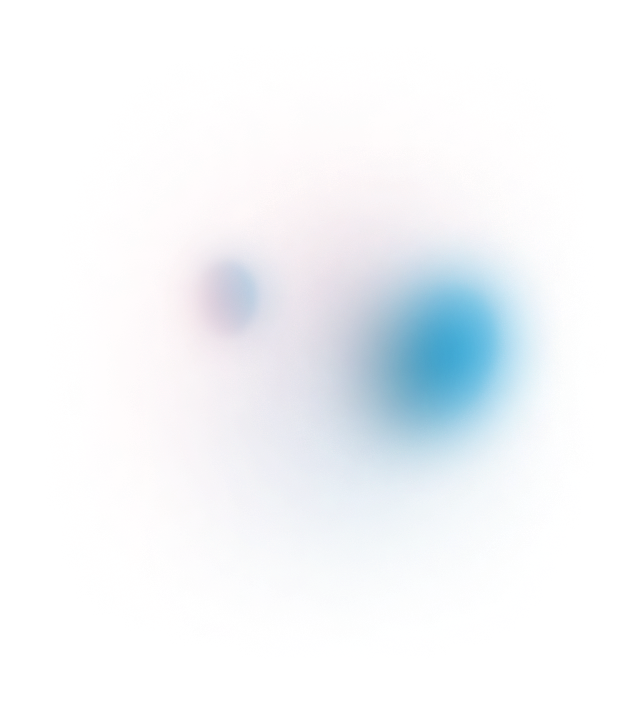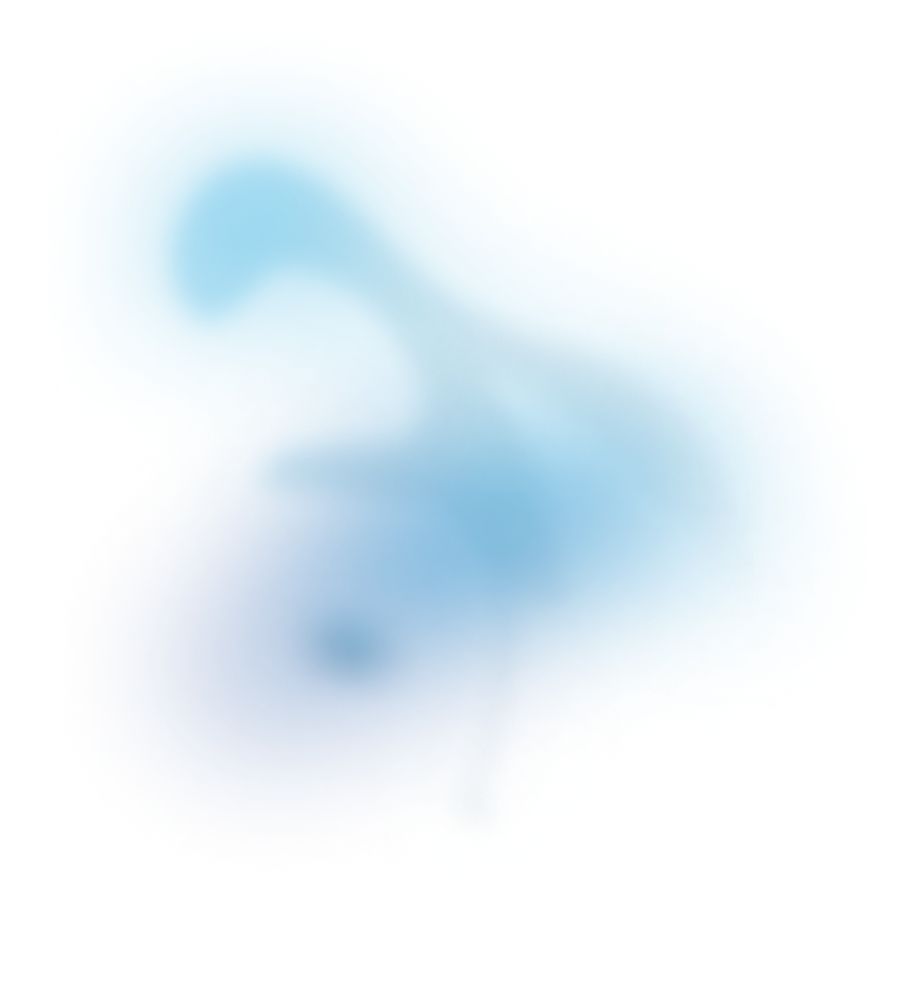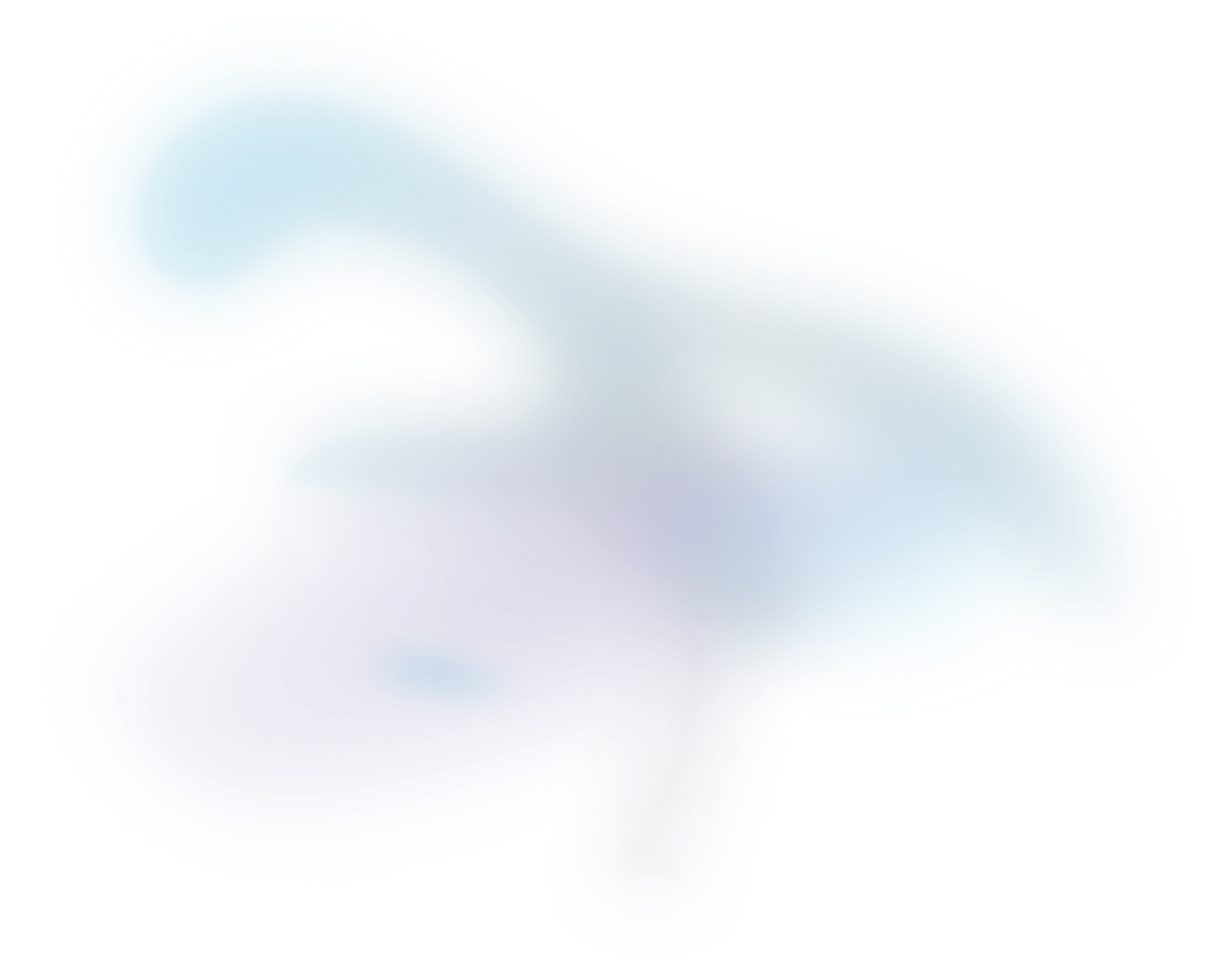

MSI applications part 3: lipids
In this blog post we explore lipid imaging with mass spectrometry, particularly the technical considerations, applications, and limitations.
Access publication

In this blog post we explore lipid imaging with mass spectrometry, particularly the technical considerations, applications, and limitations.
This post is part of our series titled "Introduction to mass spectrometry imaging", which contains the following entries:
- MSI hardware part 1: ionization techniques
- MSI hardware part 2: mass analyzers
- MSI applications part 1: glycans
- MSI applications part 2: peptides and proteins
- MSI applications part 3: lipids (current post)
- MSI applications part 4: drugs and small molecule metabolites
Table of contents
Introduction
The next subject in our applications blog series is the mass spectrometry imaging of lipids, because as they say (in French) in this gif, fat is life!

I’m sure you all know about lipids, different lipid classes, their numerous roles in biological processes (e.g. as cell membranes, energy storage, cell signaling, immune response) and disruption in disease, so we won’t spend too much time on that.
Spatial Lipidomics - held back by (lack of) technology!?
Despite the importance of lipids in pretty much everything, lipidomics as a field is relatively young. Lipid research was partly hampered by the chemical and structural complexity of lipid compounds – the LIPID MAPS consortium classifies lipids into eight categories (and many sub-categories) based on their chemical structure 1, 2,3 – but it is now greatly expanding due to rapid advances in technologies, particularly mass spectrometry and computational methods to analyze data output. While there are a number of histological stains which can be used to study the distribution of lipids, such Oil Red O which stains lipids red in general, Nile Red which fluoresces different colors whether it is in a triglyceride or phospholipid-rich environments 4, or perchloric acid-naphthoquinone for cholesterol 5, even the eighth edition of what I consider the bible for histology has conceded that there are better lipid detection methods and has relegated their lipid staining descriptions to the appendix 6. Unlike mass spectrometry, information on individual lipid species present in a sample cannot be revealed using histological methods as they stained either all lipids or only one lipid class and there are very few commercially available antibodies that label specific lipids. In contrast, MSI enables the localization of multiple individual lipids in biological samples, with the different instruments each giving their own spin on the body of research.
Enter: Lipid Mass Spectrometry Imaging

The three main MSI ionization techniques covered in the first blog in this series have demonstrated the ability to image lipids in situ, and each of these methods of course have their own pros and cons. For example, the high-resolution capabilities of SIMS can allow for subcellular lipid imaging as demonstrated recently in tissues and cells 7,8, but historically the high-energy ion beam fragmented lipids and decreased spectral quality, although phosphocholine fragments have been used to recreate their distribution 9. At this point in time, MALDI-MSI is most widely used followed by DESI and then SIMS, so for the sake of the length of this post and my own sanity, this blog will mostly concentrate on lipid imaging using MALDI and DESI. For reviews of lipid imaging with SIMS, please refer to these papers 10,11.
Sample Preparation
1. Sample preservation:
Frozen tissues are typically used for MSI of lipids for both DESI and MALDI imaging. Samples should be quickly frozen in liquid nitrogen to minimize lipid oxidization, enzymatic degradation and preserve tissue morphology. While formalin-fixed-frozen tissues can be used for lipid analysis, there are differences in the spectra compared to fresh frozen, indicating either modification and/or loss of some species 12,13. In general, formalin-fixed paraffin embedded (FFPE) tissues are not used for lipid analysis as processing the tissue for paraffin embedding involves immersion in solvents (xylene, ethanol) that strips lipids from tissues. Having said that, there have been MALDI-MSI studies reporting the measurement of some phospholipid and sphingomyelin species from FFPE samples indicating that some lipids are retained likely due to being part of protein-lipid complexes 14,15.
2. Sample pre-treatment:
Cryo-microtomes are used for sectioning frozen tissues, typically 10-20 μm thick, and thaw mounted onto glass slides. For MALDI measurements, thinner tissue sections are preferable for higher spectral quality and should be mounted onto conductive glass, but DESI is more flexible with regards to section thickness and can use standard microscopy slides. A number of different matrices are available for MALDI-MSI of lipids such as α-cyano-4-hydroxycinnamic acid (CHCA), 2,5-dihydroxybenzoic acid (DHB), 2,5-dihydroxyacetophenone (DHAP) and norharmane in positive ion mode, and 9-aminoacridine (9-AA) as the current preferred negative mode matrix, with each of the different matrices being preferential for different lipid classes 16. Matrix application is not required for DESI MSI, however the solvent used for the spray influences the obtained result, with different solvents used based on whether the tissue has a high lipid content or to favor the measurement of specific lipid classes or mass ranges 17.
Applications and Limitations of Lipid MSI
Due to the relative ease of sample preparation, lipid imaging can be used to investigate improvements in MSI methodology, such as looking for lipid signals in individual layers of the retina as a demonstration of high spatial resolution 18. However, like most MSI since 1997, lipid MSI studies have also concentrated on mapping lipids in healthy tissues and comparing to how they differ in diseased tissues, particularly in neurological conditions such as Alzheimer’s Disease 19,20 and this recent study on Huntington’s Disease 21. Changes in lipids in cancer have also been extensively studied with MSI – a handy table listing the lipid classes examined in different tumors with different MSI technologies from 60 different publications between 2014 and 2019 can be found in this review 22. One area where lipid MSI could have a large impact is determining tissue margins during surgery. This is currently conducted using histological staining and microscopic analysis of frozen tissue by trained pathologists. While this procedure is well established worldwide, it has limitations with regards to sensitivity, specificity, and inter-observer variability, and it has been proposed that using biochemical information from mass spec could be a viable alternative for such surgical decisions 23. As an ambient technology with minimal sample preparation, DESI was the first to demonstrate a potential role for surgical guidance by using statistical classification of lipid profiles for glioblastoma and gastric cancer respectively in 2013 and 2014 24,25, while MALDI was reported in 2019 using MALDI-compatible slides pre-coated in matrix, resulting in a workflow that could be completed in under 5 min, including sample preparation and measurement 23.
Of course, lipid MSI isn’t a magical sample in = data out situation – there are some limitations. MSI of lipids generally detects the most abundant species, meaning that for lipids that don’t ionize well for whatever reason may be underreported or reported with poor signal-to-noise. Another issue is that many lipids are isomeric, thus different lipids with the same molecular mass appear in conventional MSI as one peak. This can also lead to issues with identification, even with on-tissue tandem mass spectrometry. Right now, LC-MS/MS technologies are the gold-standard for identifying lipids in samples. But before you get discouraged, there are already a number of tools available to address these issues in MSI.
- For some lipids, chemical derivatization can be a way to increase detection capabilities. For example, cholesterol is typically difficult to ionize due to its non-polar structure and is therefore poorly detected with assorted MSI technologies despite its abundance in tissues. A recent study described a method for on-tissue cholesterol derivatization that allowed it to be measured using different MSI technologies as well as quantification and simultaneous mapping of other lipids when using ambient ionization 26.
- MALDI laser post-ionization, also termed MALDI-2, uses a second laser to ionize the initial ion plume and reported higher ion yields and sensitivities for different lipids 27. Compared to standard MALDI, MALDI-2 increases the number of detected peaks from a rat brain sections, and displayed strong improvement in sensitivity for lipid classes that suffer from ion suppression effects such as phosphatidylethanolamine or neutral glycosphingolipids 28,29. The first commercially available MALDI-2 instrument was launched in 2020.
- Ion Mobility Spectrometry (IMS) can separate ions in the gas phase based on differences in molecular size and shape which affects their mobilities in an electric field. A number of ion mobility instruments from different vendors are commercially available with demonstrated lipid MSI abilities 30,31. In experiments imaging mouse brain sections using DESI and a traveling-wave ion mobility (TWIMS)-enabled mass spectrometer from Waters were able to detect and separate different ganglioside species which are not efficiently ionized with DESI 32, and there have also been number of recent studies using Bruker’s timsTOF fleX demonstrating the use of MALDI and trapped ion mobility (TIMS) on for separating isobaric/isomeric lipids with distinct spatial distributions 33,34,35. In addition, a recent study of flatworms combined TIMS with MALDI-2 post-ionization to measure different sterol species including cholesterol 36. This group found that MALDI-2 increased signal intensity while the ion mobility aided in the tentative assignment of the detected sterols.
There is also the issue of the complexity of MSI lipid data – after all, spatial information has been added on top of measuring the lipids present in the sample – but as I mentioned earlier, there are improvements in methods for analyzing the lipid data output. Aspect Analytics has proven experience in using cutting edge statistical and machine-learning methods to examine spatial patterns in lipid measurements 37,38, making sure that the maximum amount of information can be extracted from your MSI datasets.

VIEW OUR PUBLICATION ON UMAP FOR MSI DATA
Conclusion
In this post, we discussed mass spectrometry imaging of lipids, covering why MSI is a great tool for spatial lipidomics, how tissues are prepared for lipid MSI for MALDI and DESI, as well as some applications, limitations, and developing approaches. If you are investigating different lipid classes with mass spectrometry imaging, feel free to contact Aspect Analytics for data analysis options.
References:
- Fahy E, Subramaniam S, Brown HA, et al. A comprehensive classification system for lipids. J Lipid Res 2005;46:839-61.
- Fahy E, Subramaniam S, Murphy RC, et al. Update of the LIPID MAPS comprehensive classification system for lipids. J Lipid Res 2009;50 Suppl:S9-14.
- Liebisch G, Fahy E, Aoki J, et al. Update on LIPID MAPS classification, nomenclature, and shorthand notation for MS-derived lipid structures. J Lipid Res 2020;61:1539-55.
- Fowler SD, Greenspan P. Application of Nile red, a fluorescent hydrophobic probe, for the detection of neutral lipid deposits in tissue sections: comparison with oil red O. J Histochem Cytochem 1985;33:833-6.
- Adams CW. A perchloric acid-naphthoquinone method for the histochemical localization of cholesterol. Nature 1961;192:331-2.
- Suvarna KSL, Christopher; Bancroft, John D. Bancroft's Theory and Practice of Histological Techniques. 8th edition ed. Elsevier: 2018.
- Sparvero LJ, Tian H, Amoscato AA, et al. Direct Mapping of Phospholipid Ferroptotic Death Signals in Cells and Tissues by Gas Cluster Ion Beam Secondary Ion Mass Spectrometry (GCIB-SIMS). Angew Chem Int Ed Engl 2021;60:11784-8.
- Tian H, Sparvero LJ, Blenkinsopp P, et al. Secondary-Ion Mass Spectrometry Images Cardiolipins and Phosphatidylethanolamines at the Subcellular Level. Angew Chem Int Ed Engl 2019;58:3156-61.
- Ostrowski SG, Van Bell CT, Winograd N, Ewing AG. Mass spectrometric imaging of highly curved membranes during Tetrahymena mating. Science 2004;305:71-3.
- Passarelli MK, Winograd N. Lipid imaging with time-of-flight secondary ion mass spectrometry (ToF-SIMS). Biochim Biophys Acta 2011;1811:976-90.
- Samfors S, Fletcher JS. Lipid Diversity in Cells and Tissue Using Imaging SIMS. Annu Rev Anal Chem (Palo Alto Calif) 2020;13:249-71.
- Pietrowska M, Gawin M, Polanska J, Widlak P. Tissue fixed with formalin and processed without paraffin embedding is suitable for imaging of both peptides and lipids by MALDI-IMS. Proteomics 2016;16:1670-7.
- Vos DRN, Bowman AP, Heeren RMA, Balluff B, Ellis SR. Class-specific depletion of lipid ion signals in tissues upon formalin fixation. Int J Mass Spectrom 2019;446.
- Buck A, Ly A, Balluff B, et al. High-resolution MALDI-FT-ICR MS imaging for the analysis of metabolites from formalin-fixed, paraffin-embedded clinical tissue samples. J Pathol 2015;237:123-32.
- Denti V, Piga I, Guarnerio S, et al. Antigen Retrieval and Its Effect on the MALDI-MSI of Lipids in Formalin-Fixed Paraffin-Embedded Tissue. J Am Soc Mass Spectrom 2020;31:1619-24.
- McMillen JC, Fincher JA, Klein DR, Spraggins JM, Caprioli RM. Effect of MALDI matrices on lipid analyses of biological tissues using MALDI-2 postionization mass spectrometry. J Mass Spectrom 2020;55:e4663.
- Eberlin LS, Ferreira CR, Dill AL, Ifa DR, Cooks RG. Desorption electrospray ionization mass spectrometry for lipid characterization and biological tissue imaging. Biochim Biophys Acta 2011;1811:946-60.
- Anderson DM, Ablonczy Z, Koutalos Y, et al. High resolution MALDI imaging mass spectrometry of retinal tissue lipids. J Am Soc Mass Spectrom 2014;25:1394-403.
- Kaya I, Brinet D, Michno W, et al. Delineating Amyloid Plaque Associated Neuronal Sphingolipids in Transgenic Alzheimer's Disease Mice (tgArcSwe) Using MALDI Imaging Mass Spectrometry. ACS Chem Neurosci 2017;8:347-55.
- Michno W, Wehrli PM, Zetterberg H, Blennow K, Hanrieder J. GM1 locates to mature amyloid structures implicating a prominent role for glycolipid-protein interactions in Alzheimer pathology. Biochim Biophys Acta Proteins Proteom 2019;1867:458-67.
- Hunter M, Demarais NJ, Faull RLM, Grey AC, Curtis MA. An imaging mass spectrometry atlas of lipids in the human neurologically normal and Huntington's disease caudate nucleus. J Neurochem 2021;157:2158-72.
- Holzlechner M, Eugenin E, Prideaux B. Mass spectrometry imaging to detect lipid biomarkers and disease signatures in cancer. Cancer Rep (Hoboken) 2019;2:e1229.
- Basu SS, Regan MS, Randall EC, et al. Rapid MALDI mass spectrometry imaging for surgical pathology. NPJ Precis Oncol 2019;3:17.
- Calligaris D, Norton I, Feldman DR, et al. Mas spectrometry imaging as a tool for surgical decision-making. J Mass Spectrom 2013;48:1178-87.
- Eberlin LS, Tibshirani RJ, Zhang J, et al. Molecular assessment of surgical-resection margins of gastric cancer bymass-spectrometric imaging. Proc Natl Acad Sci U S A 2014;111:2436-41.
- Angelini R, Yutuc E, Wyatt MF, et al. Visualizing Cholesterol in the Brain by On-Tissue Derivatization and Quantitative Mass Spectrometry Imaging. Anal Chem 2021;93:4932-43.
- Soltwisch J, Kettling H, Vens-Cappell S, et al. Mass spectrometry imaging with laser-induced postionization. Science 2015;348:211-5.
- Ellis SR, Soltwisch J, Paine MRL, Dreisewerd K, Heeren RMA. Laser post-ionisation combined with a high resolving power orbitrap mass spectrometer for enhanced MALDI-MS imaging of lipids. Chem Commun (Camb) 2017;53:7246-9.
- Soltwisch J, Heijs B, Koch A, et al. MALDI-2 on a Trapped Ion Mobility Quadrupole Time-of-Flight Instrument for Rapid Mass Spectrometry Imaging and Ion Mobility Separation of Complex Lipid Profiles. Anal Chem 2020;92:8697-703.
- Sans M, Feider CL, Eberlin LS. Advances in mass spectrometry imaging coupled to ion mobility spectrometry for enhanced imaging of biological tissues. Curr Opin Chem Biol 2018;42:138-46.
- Rivera ES, Djambazova KV, Neumann EK, Caprioli RM, Spraggins JM. Integrating ion mobility and imaging mass spectrometry for comprehensive analysis of biological tissues: A brief review and perspective. J Mass Spectrom 2020;55:e4614.
- Skraskova K, Claude E, Jones EA, et al. Enhanced capabilities for imaging gangliosides in murine brain with matrix-assisted laser desorption/ionization and desorption electrospray ionization mass spectrometry coupled to ion mobility separation. Methods 2016;104:69-78.
- Spraggins JM, Djambazova KV, Rivera ES, et al. High-Performance Molecular Imaging with MALDI Trapped Ion-Mobility Time-of-Flight (timsTOF) Mass Spectrometry. Anal Chem 2019;91:14552-60.
- Djambazova KV, Klein DR, Migas LG, et al. Resolving the Complexity of Spatial Lipidomics Using MALDI TIMS Imaging Mass Spectrometry. Anal Chem 2020;92:13290-7.
- Fu T, Oetjen J, Chapelle M, et al. In situ isobaric lipid mapping by MALDI-ion mobility separation-mass spectrometry imaging. J Mass Spectrom 2020;55:e4531.
- Bien T, Hambleton EA, Dreisewerd K, Soltwisch J. Molecular insights into symbiosis-mapping sterols in a marine flatworm-algae-system using high spatial resolution MALDI-2-MS imaging with ion mobility separation. Anal Bioanal Chem 2021;413:2767-77.
- Smets T, Verbeeck N, Claesen M, et al. Evaluation of Distance Metrics and Spatial Autocorrelation in Uniform Manifold Approximation and Projection Applied to Mass Spectrometry Imaging Data. Anal Chem 2019;91:5706-14.
- Zhang W, Claesen M, Moerman T, et al. Spatially aware clustering of ion images in mass spectrometry imaging data using deep learning. Anal Bioanal Chem 2021;413:2803-19.
